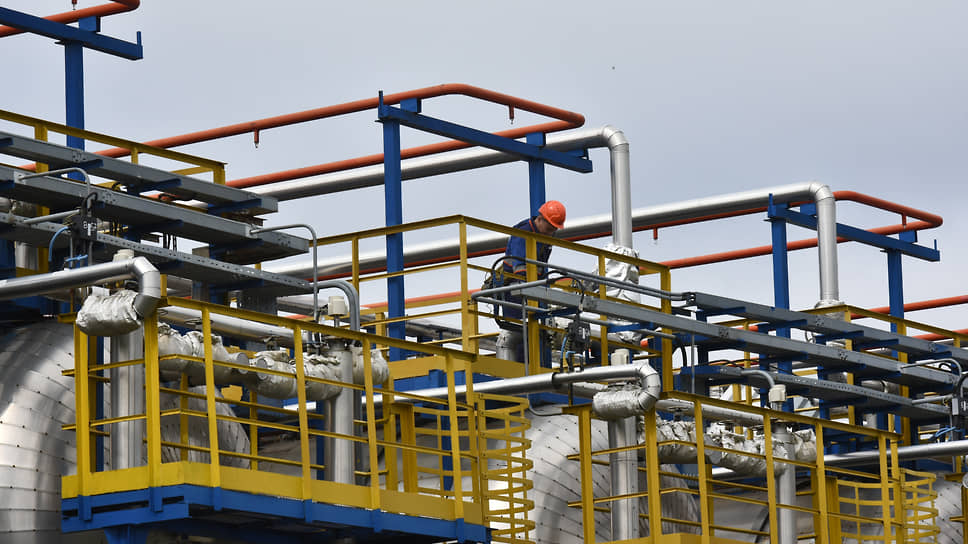HSE CKEMI expert Vitaly Ermakov on the future of Russian LNG projects
[ad_1]
The Russian strategy postulates achieving LNG production levels of up to 120 million tons by 2035. This implies fourfold growth within ten years. How realistic is such an assessment against the backdrop of Western sanctions?
The LNG production and logistics chain includes unique technological links for which Russia is now critically dependent on foreign technologies both at the stage of large-scale methane liquefaction and at the transportation stage. Although the Russian Federation has begun to use the competencies acquired during the implementation of the first LNG projects in Sakhalin and Yamal to reduce technological dependence, the process will take time.
Thus, NOVATEK developed and implemented its own medium-scale liquefaction technology, and in 2022–2023 patented large-scale liquefaction technologies based on the use of domestic equipment. The most important achievement is the creation of the Zvezda shipyard in the Far East, which, in particular, placed orders for the construction of 15 of 21 gas carriers for the Arctic LNG-2 project (the rest are being built in South Korea). But Zvezda at the current stage is forced to rely on cooperation with Korean shipyards: the construction of the most complex bow and stern parts of the ships takes place in South Korea.
The logistics part of the chain turned out to be the most vulnerable to sanctions. South Korea’s Hanwha Ocean completed construction of three of the six gas carriers for Arctic LNG 2, but after the imposition of sanctions it terminated the contract with Sovcomflot, which was supposed to operate the vessels. Construction of three more LNG carriers is due to be completed in 2024. NOVATEK will probably have to buy all these tankers, but sanctions are complicating the process. The construction of 15 gas carriers at Zvezda is stalled. Under these conditions, Arctic LNG-2 participants declared force majeure on LNG supply contracts to minimize risks.
The delay in the implementation of Arctic LNG-2 complicates the commercial prospects of the project. Its launch in 2024 was to occur in a seller’s market. But LNG prices are falling, and after 2025, a large-scale entry of new projects in the United States is expected and the LNG market will transition to a cyclical phase of supply surplus and low prices.
One of the possible options for organizing shipments from Arctic LNG-2 in the absence of the required number of ice-class gas carriers is seasonal production. From July to November, transportation of LNG from Yamal and Gydan can be carried out by conventional gas carriers, but accompanied by icebreakers. Freighting conventional gas carriers for the project may also face difficulties due to sanctions, but as Russia’s experience in rerouting oil exports has shown, they are not insurmountable. When using this option, the effective utilization of project capacity at the initial stage will not exceed 50%; accordingly, unit costs will double. But Arctic LNG-2 has a large safety net due to the low cost of gas and the competitive cost of liquefaction.
The use of sanctions weapons by the United States and its satellites against Russian LNG will continue and will likely intensify. In these conditions, Russia has no choice but to develop its own competencies throughout the LNG production and logistics chain. Delays in achieving the stated goals are apparently inevitable, but Russian LNG projects retain the potential for competitiveness and demand in Asian markets.
[ad_2]
Source link






